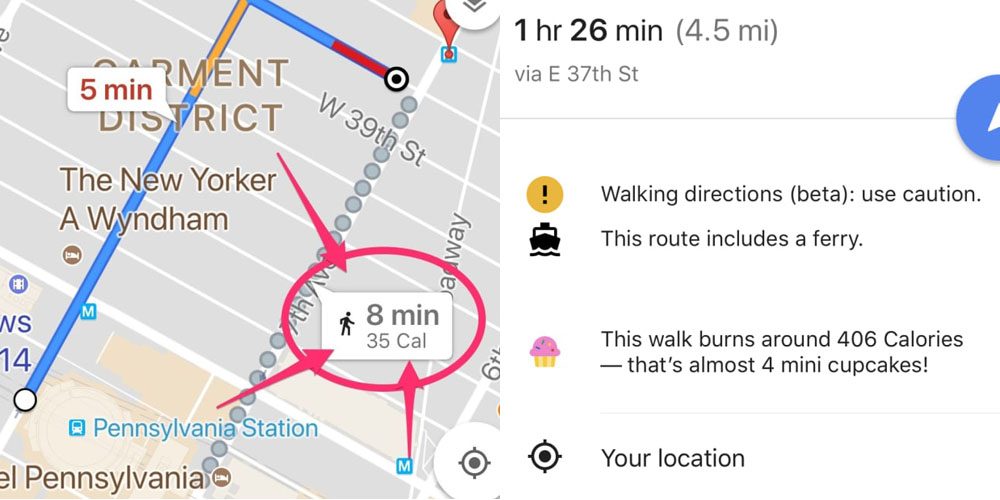If you are consciously searching for a product or service online, there can be times when you are drawn into other areas, whether you asked for it or not.
Manipulation is something that is around us all, its effect can be harmful. Creating positive experiences, where people are protected are crucial aspects of user experience and interface design.
Ali Carmichael, Experience UX Managing Director and Jenny Lewis, Senior UX Consultant, recently sat and spoke about unintended consequences and coercion that affects decision making.
What Does a Good User Experience Represent?
Jenny: Good user experience is something where you don’t necessarily think about a task or have to make second guesses. You get from A to B, and then you get out of B. A strong experience does what it needs.
Ali: For us, at Experience UX this is where there is a sense of responsibility and to be the voice for the user, as well as representing the best choices for clients. It all comes to making a better experience for the user, so a client does better business.
Unintended Manipulation Is A Real Issue, Can You Explain This?
Jenny: Whilst we should all be responsible for our actions and encouraging a safe experience, a distorted process can also be created. There are times when UX interaction is designed in a way that can mislead others. When it is intentional, this can be harmful. The other side is unintended consequences. This is when something has not been considered or is used in a harmful way, not with intent, but companies need to acknowledge what they are producing and how people react. For example, Google had planned to roll out a feature in Maps. The intention was to count the calories you would burn if you walked to a destination. The ‘cupcake’ feature was quickly deactivated. This could trigger people with eating disorders. users would see how many cupcakes they could burn if they decided to walk their route, rather than transport.
The manipulation, in this example, is reinforcing behaviours that people are trying to stop. What it tells us within the UX space is that no business can assume to know everything about their user base. Whilst this was unintentional, industry giants such as Google, owe it to their users to get feedback and information before rolling out a new feature. The damage was done and they quickly pulled the feature.

What About The Commerce Side?
Ali: Businesses have to think about the endpoint. At the start, someone steps forward (or visits a site) for what they are looking for or potentially want to buy. The middle part is when there are comparisons made between other companies and features added. The final part is the decision, but also the importance of simple elements such as a ‘thank you’ and the opportunity to keep audiences informed beyond the initial experience. It may appear a natural flow in a state of consciousness but manipulation triggers are in effect.
Jenny: Many brands are driven by trends. Scarcity tactics are something we are all aware of. You know how it works, you casually look at something and then prompted that it will be gone soon, with only two items left. We all like things that are harder to obtain, it’s basic economics implemented into the design. However, it is wrong to use numbers that are not true, or without testing the feature first with users.
So You Can’t Pull The Wool Over Other People’s Eyes?
Ali: Good usability, that does not manipulate or exploit becomes invisible. It’s like a fantastic evening at a restaurant, there has been a lot of consideration to make the whole presentation and atmosphere feel bespoke to you, where you feel completely at ease and comfortable. Companies can be memorable to others when it comes to their digital experience. Companies want conversions and measurable metrics, but there is also an emphasis on better experiences for others. We have to be true to our Experience UX heart on what will be better for the user. It’s not for us to judge, but to do the research and provide the findings. Areas such as upselling and scarcity tactics are a part of business, but they also have to be representative of the interacting person, in the moment.
By 2030 there will be 125 billion connected devices in the world. There is a responsibility to the people who interact, the business that are looking to attract and the standards we all uphold.
The quality of our lives will be driven by the positive experiences and interactions we all have.

